Picking up steam: How sweating with your friends became the new hot wellness trend
Thermal pools, hammams, banyas, onsens, shvitzes, cold plunges, steam rooms, and saunas: Hot and cold water, and the communal experience of steam and sweat, has been a pillar of social and wellness cultures across millennia. Now a new crop of brighter and busier spaces known as social bathhouses seek to re-create the benefits of communal bathing with a callout to today’s overstressed, always-connected culture. As one bathhouse owner says, “You’re half naked, your phone’s in the locker, everyone’s going through something together.” There isn’t a comprehensive count of social bathhouse openings, but there’s a sense that it’s a nascent category in American fitness culture that is ripe for expansion. Market research firm Technavio predicts the sauna market in the U.S. will grow from $390 million in annual sales in 2023 to $526 million by 2028, with similar growth trends predicted for cold-plunge tubs. New spaces from Maine to Seattle are opening to offer modern twists on traditional bathing culture alongside social events, DJ nights, and coffee tastings. [Photo: Sauna House] A place where your phone will melt Matthew and Gabriella Khalil’s renovations of the old AIG building in New York City into a hip coterie of startups and exclusive parties includes a two-story urban bathhouse. The Schvitz in Detroit resurrected an old Jewish bathhouse that used to host the machinations of Al Capone’s gang. Drip Nordic Sauna in Asheville, North Carolina, is a portable wood-fired sauna that can be rented for events and chill-out sessions. They’ve been dispatched to Airbnbs on mountaintops and a local music festival. Austin has two spa experiences opening soon: Bathe, and Submersive, an immersive spa from the founder of Meow Wolf. This past January, New York City hosted the first Culture of Bathing Conference, with more than 100 attendees, many of whom were opening their own venue. “This is something that wasn’t here five years ago, and a lot of people are jumping on the bandwagon,” says Don Genders, founder and CEO of Design for Leisure, an established player in the spa and wellness worlds. “It surprised me that some of the veterans in the industry haven’t seen this opportunity, or if they have, they haven’t read it properly. A lot of people are missing out.” [Photo: Sauna House] Often described as another example of the post-COVID 19 push for socializing and community, social bathhouses have been described as “friend-making boxes.” That isn’t wrong, but there’s much more pushing Americans into ice-filled tubs and saunas. Genders attributes it, in part, to the younger generation’s pursuit of experiences and comfort with alcohol-free socialization. There’s also a desire for digital detox; nearly everyone interviewed for this article said the appeal of spaces where phones would literally melt is significant. “The dopamine hit you get from a real Finnish sauna, and the hot-cold relax cycle, is unmistakable,” says Andrew Lachlan, cofounder and CEO of Sauna House, which has four locations in the Southeast. “It’s a healthy form of dopamine, and we’re all dopamine fiends now.” [Photo: Native Dreamer Photography/Sauna House] More than a bath Significant credit is due to wellness influencers. During the COVID-19 pandemic, everyone suddenly had a lot of time to do their own research, or at least listen to the podcasts of those who had. Personalities like Andrew Huberman, Rhonda Patrick, and Susanna Søberg, author of Winter Swimming—all PhDs—helped stoke the attraction to tradition, authenticity, primal health and fitness, and the scientific evidence backing up contrast bathing. “It was hot and cold,” says Othership cofounder Harry Taylor, recounting how he and his partner and cofounder, Amanda Laine, decided to start their international chain, which has a new location opening in the Williamsburg neighborhood of Brooklyn this summer. “Why is this not more of a thing? This is something the world needs.” [Photo: Ian Patterson/courtesy Othership] Today’s new bathhouse concepts—often bathed in light and light-colored wood—are a reaction to a new generation of sauna fans visiting traditional Russian and Jewish bathhouses and deciding that they wanted something that aligned more closely with the high-design spaces they’re accustomed to in other parts of their lives. Genders says that some of today’s founders thought they could do it better themselves. In the U.S. in particular, where there was once a strong bathhouse culture in the 19th century, modern cultural aversion to the bathhouse as a dirty space—often directly linked to homophobia and a reaction to the AIDS crisis—held back the growth of the industry for decades. [Photo: Ian Patterson/courtesy Othership] These new bathhouse concepts aim for something bigger, says Matt Aspiotis Morley, founder and director of Biofilico, a design studio focused on this industry. Saunas that fit a handful of people have now been built for 40,

Thermal pools, hammams, banyas, onsens, shvitzes, cold plunges, steam rooms, and saunas: Hot and cold water, and the communal experience of steam and sweat, has been a pillar of social and wellness cultures across millennia. Now a new crop of brighter and busier spaces known as social bathhouses seek to re-create the benefits of communal bathing with a callout to today’s overstressed, always-connected culture.
As one bathhouse owner says, “You’re half naked, your phone’s in the locker, everyone’s going through something together.”
There isn’t a comprehensive count of social bathhouse openings, but there’s a sense that it’s a nascent category in American fitness culture that is ripe for expansion. Market research firm Technavio predicts the sauna market in the U.S. will grow from $390 million in annual sales in 2023 to $526 million by 2028, with similar growth trends predicted for cold-plunge tubs. New spaces from Maine to Seattle are opening to offer modern twists on traditional bathing culture alongside social events, DJ nights, and coffee tastings.
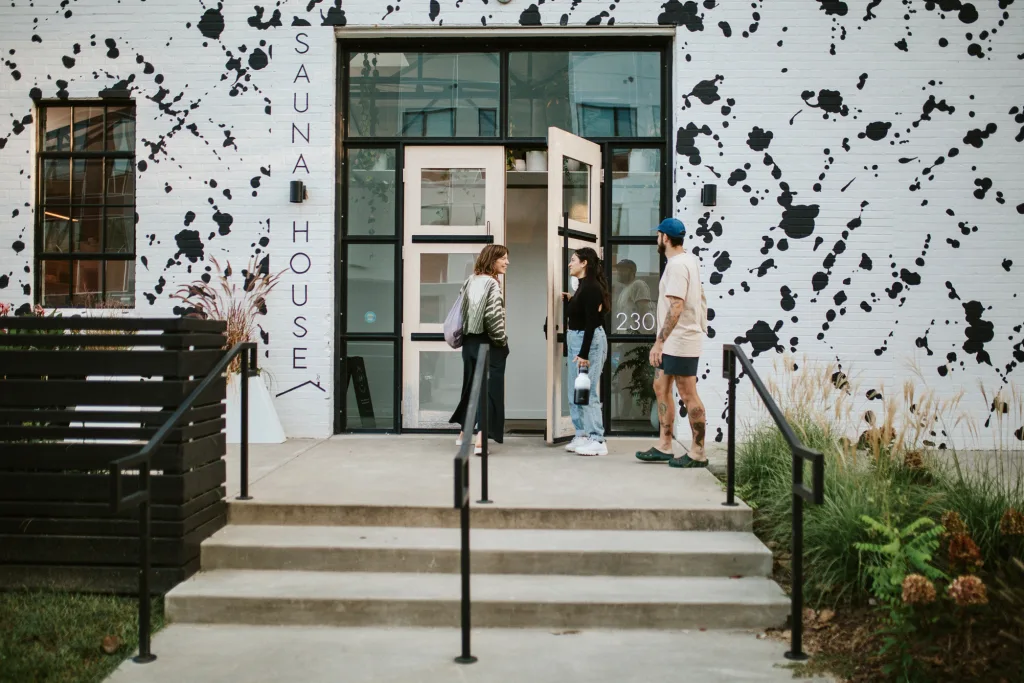
A place where your phone will melt
Matthew and Gabriella Khalil’s renovations of the old AIG building in New York City into a hip coterie of startups and exclusive parties includes a two-story urban bathhouse. The Schvitz in Detroit resurrected an old Jewish bathhouse that used to host the machinations of Al Capone’s gang. Drip Nordic Sauna in Asheville, North Carolina, is a portable wood-fired sauna that can be rented for events and chill-out sessions. They’ve been dispatched to Airbnbs on mountaintops and a local music festival. Austin has two spa experiences opening soon: Bathe, and Submersive, an immersive spa from the founder of Meow Wolf. This past January, New York City hosted the first Culture of Bathing Conference, with more than 100 attendees, many of whom were opening their own venue.
“This is something that wasn’t here five years ago, and a lot of people are jumping on the bandwagon,” says Don Genders, founder and CEO of Design for Leisure, an established player in the spa and wellness worlds. “It surprised me that some of the veterans in the industry haven’t seen this opportunity, or if they have, they haven’t read it properly. A lot of people are missing out.”

Often described as another example of the post-COVID 19 push for socializing and community, social bathhouses have been described as “friend-making boxes.” That isn’t wrong, but there’s much more pushing Americans into ice-filled tubs and saunas. Genders attributes it, in part, to the younger generation’s pursuit of experiences and comfort with alcohol-free socialization. There’s also a desire for digital detox; nearly everyone interviewed for this article said the appeal of spaces where phones would literally melt is significant.
“The dopamine hit you get from a real Finnish sauna, and the hot-cold relax cycle, is unmistakable,” says Andrew Lachlan, cofounder and CEO of Sauna House, which has four locations in the Southeast. “It’s a healthy form of dopamine, and we’re all dopamine fiends now.”
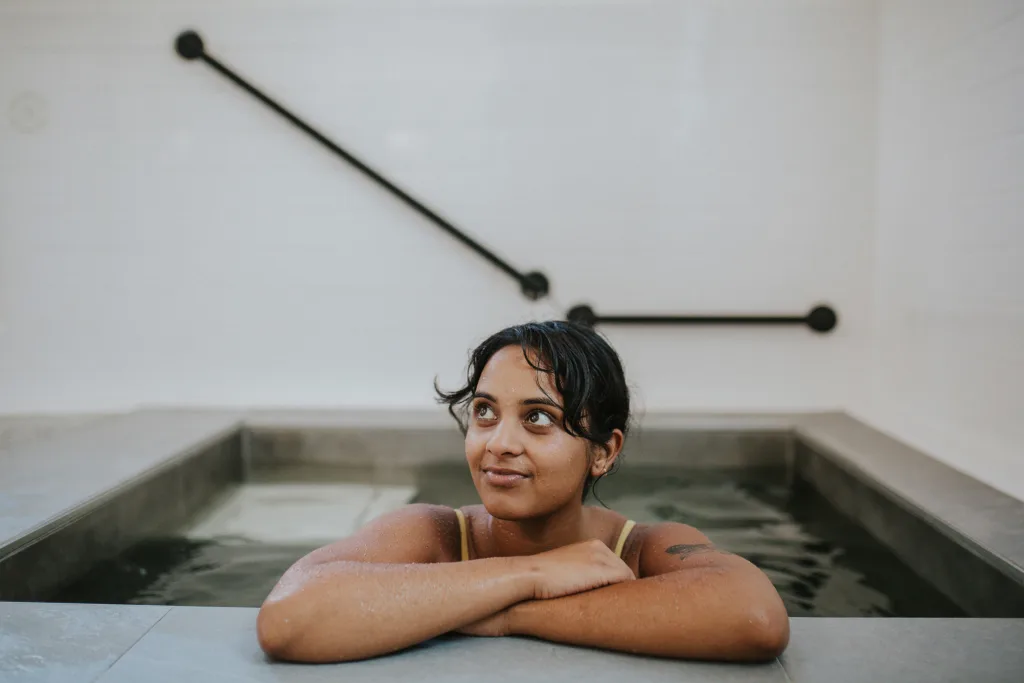
More than a bath
Significant credit is due to wellness influencers. During the COVID-19 pandemic, everyone suddenly had a lot of time to do their own research, or at least listen to the podcasts of those who had. Personalities like Andrew Huberman, Rhonda Patrick, and Susanna Søberg, author of Winter Swimming—all PhDs—helped stoke the attraction to tradition, authenticity, primal health and fitness, and the scientific evidence backing up contrast bathing.
“It was hot and cold,” says Othership cofounder Harry Taylor, recounting how he and his partner and cofounder, Amanda Laine, decided to start their international chain, which has a new location opening in the Williamsburg neighborhood of Brooklyn this summer. “Why is this not more of a thing? This is something the world needs.”

Today’s new bathhouse concepts—often bathed in light and light-colored wood—are a reaction to a new generation of sauna fans visiting traditional Russian and Jewish bathhouses and deciding that they wanted something that aligned more closely with the high-design spaces they’re accustomed to in other parts of their lives.
Genders says that some of today’s founders thought they could do it better themselves. In the U.S. in particular, where there was once a strong bathhouse culture in the 19th century, modern cultural aversion to the bathhouse as a dirty space—often directly linked to homophobia and a reaction to the AIDS crisis—held back the growth of the industry for decades.
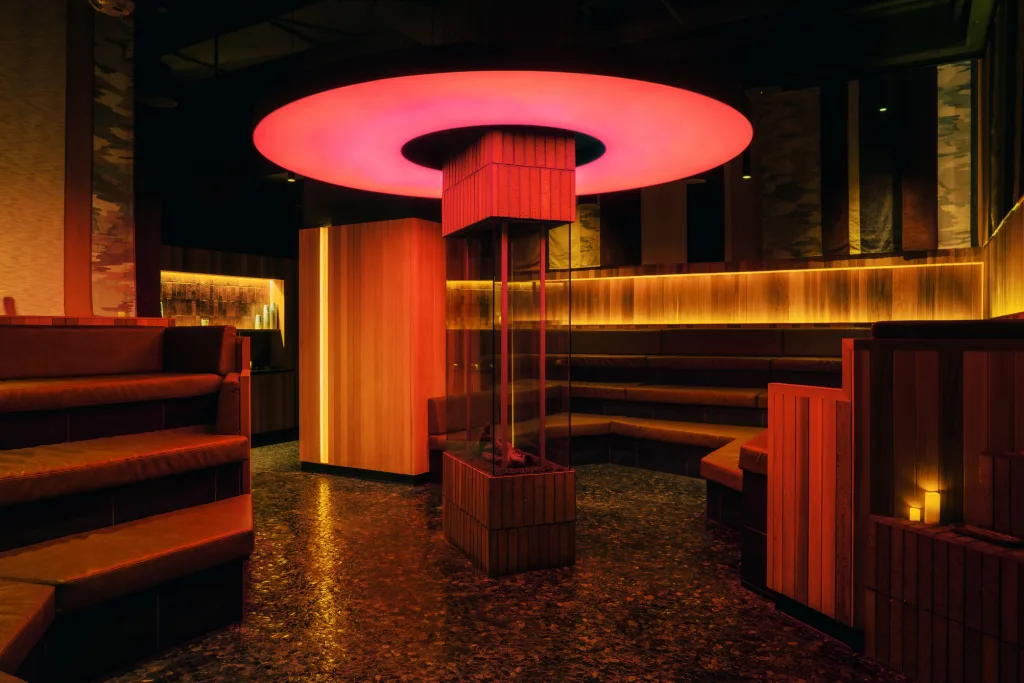
These new bathhouse concepts aim for something bigger, says Matt Aspiotis Morley, founder and director of Biofilico, a design studio focused on this industry. Saunas that fit a handful of people have now been built for 40, with staircase and stadium seating to encourage conversation. Small, subterranean enclaves are making way for bright, lofted, open-air venues with natural light. Operators ask for unisex changing areas and smaller entryways to maximize the space for pools, plunges, saunas, and customers. Elements like conversation pits and communal spaces, says Morley, get extra focus in social bathing sites.
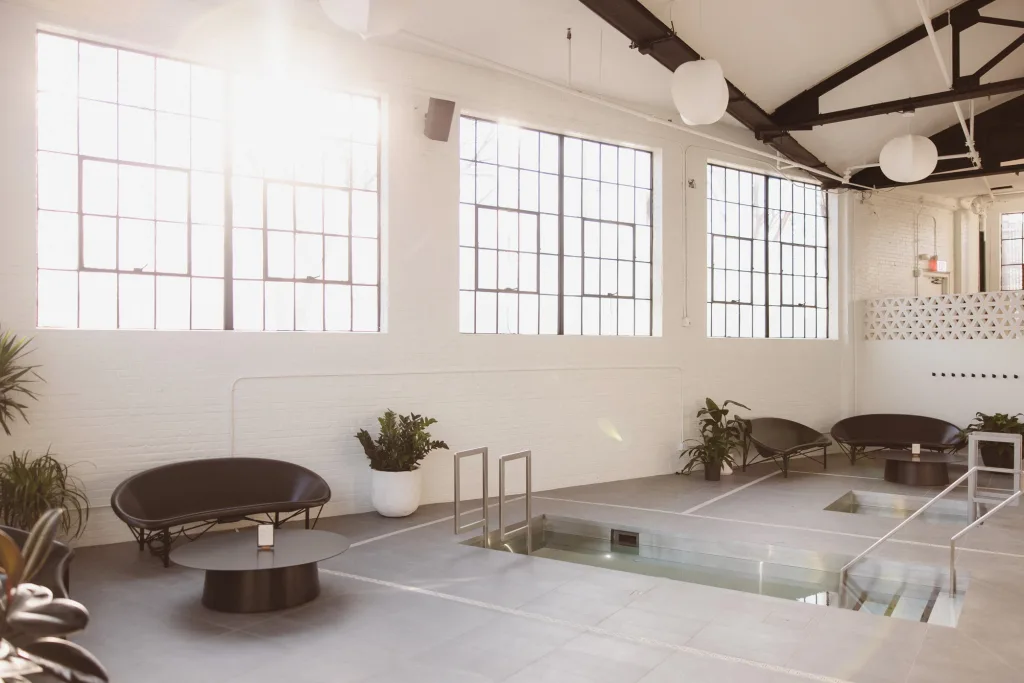
“It’s kind of a wild, wild west”
A key challenge remains finding a space. Communal bathhouses don’t necessarily require an urban storefront with curb appeal, but they do need a location with high ceilings and a lack of columns breaking up the floor plate. Sauna House COO Jen Richter, whose firm is operating and opening a handful of spaces across the Southeast, says the real estate hunt is tough, and they often find winners with old industrial buildings, including an auto shop and fencing academy, both of which they’ve turned into new facilities.
There’s also the challenge of doing things right, as far as health and safety are concerned (see the recent conversation around the sanitary issues of NYC’s Bathhouse). Keeping cold plunges clean and sanitary, without the benefit of heat, remains difficult, says Richter, especially with startup owners improvising larger and larger setups, and the challenges of navigating varied local ordinances. She predicts there’s going to be “flush out” of some locations as this concept becomes a long-lasting trend.

“It’s kind of a wild, wild west,” says Othership’s Taylor. They made their own cold plunges from scratch, since he says they couldn’t find a commercial grade version of what they needed. Their saunas were so big they basically daisy-chained heathers together to warm the space.
Users often pay monthly fees, and unless they come daily, the per-visit cost remains relatively high. For many operators, it’s sort of like being a spa without the expensive-to-provide services; saunas and bathhouses have lower labor costs, and most of the expenses come from the fixed cost of labor, water, and power. Once the pools and saunas hit a certain number of visitors, everything else is profit (a 10-pack of classes for Othership’s NYC location is $510, though there are other, cheaper monthly membership options).
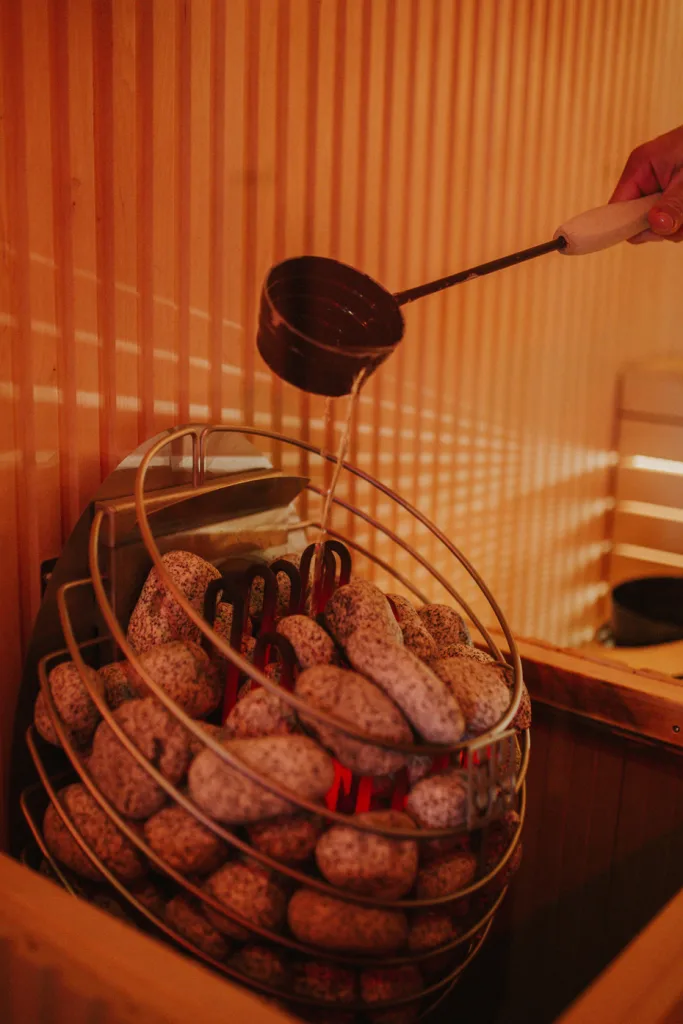
A new tradition
Traditional saunas have been around for millennia in cultures from Japan to Finland—even the upper Midwest has an established culture from Scandinavian immigrants—but the settings are often more austere. Finland has 3 million saunas for a population of 5.5 million, and they tend to be small spaces at private homes. The ceremonial aufguss, a European tradition, brings a bit of showmanship to the sauna, with an aufguss master utilizing towels, essential oils, and music to create a more ceremonial experience.
There’s no doubt the American version—the first U.S. Aufguss competition is scheduled for late June at Bathhouse in Brooklyn—will be a bit more flamboyant. Taylor says that Othership’s spaces include music, patterned light, guided meditations, and essential oils on snowballs, all meant to be sensory activating and entertaining. He considers it both an evolution of tradition and a new experience altogether. The overlap between psychedelics, spirituality, and what’s being done with hot and cold is all about a state shift, says Taylor, who calls the regulars at his locations “Shipheads.”
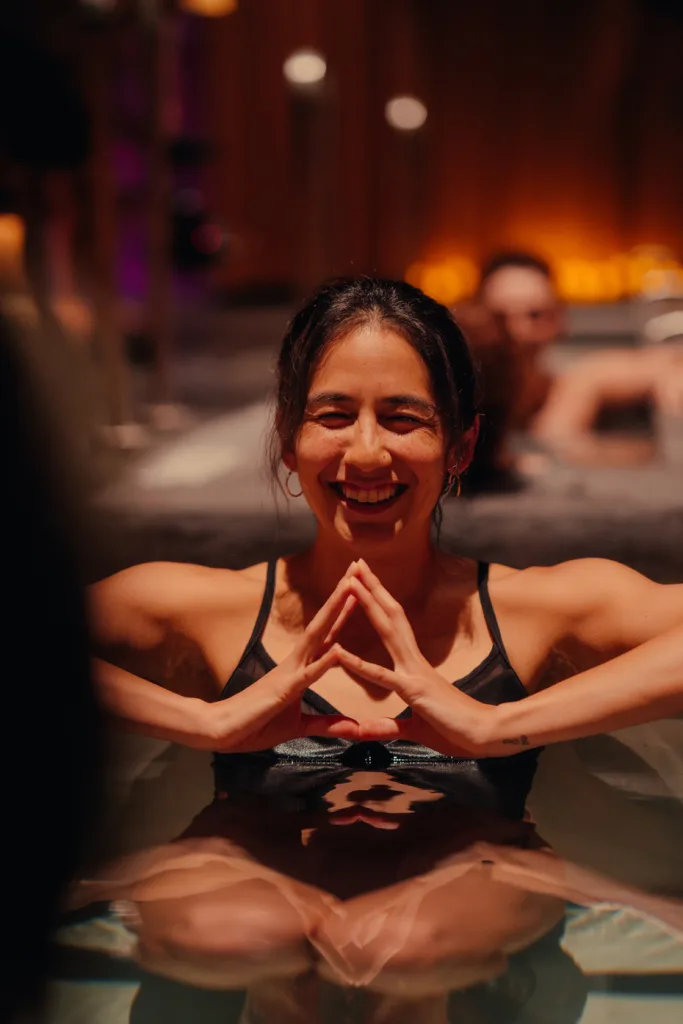
Mental health can be a magnet for visitors, says Sauna House’s Richter, noting that members of the recovery community often frequent the space, bringing along journals and books.
Perhaps the biggest challenge for the industry’s growth remains funding. Big institutional lenders and private equity firms want tried-and-tested business models, not startups and passion projects without a track record. Genders sees a big opening for someone with industry experience to start a mid-market chain with dozens of locations across the country as a magnet for funding and more expansion.
But that may change soon. The German Therme Group recently announced plans to open a 15-acre resort of spas and saunas in Washington, D.C. Genders expects some of the Canadian chains to start making moves, and Morley, the designer, says he’s working on projects that seek to incorporate more space for saunas and cold plunges in traditional health clubs and gyms. Why not incorporate this experience at a place you’re already paying to attend every month?
The boom in bathhouses, which remains heavily fragmented, has gained critical mass. The challenge may be avoiding the typical American fitness hype cycle where trends quickly get commercialized and co-opted.
“This isn’t a trend,” says Drip Sauna cofounder Daniel Ratner. “This is something that’s existed forever and will continue to exist. It’s just a matter of, how can we continue to make this an accessible part of our day-to-day?”






































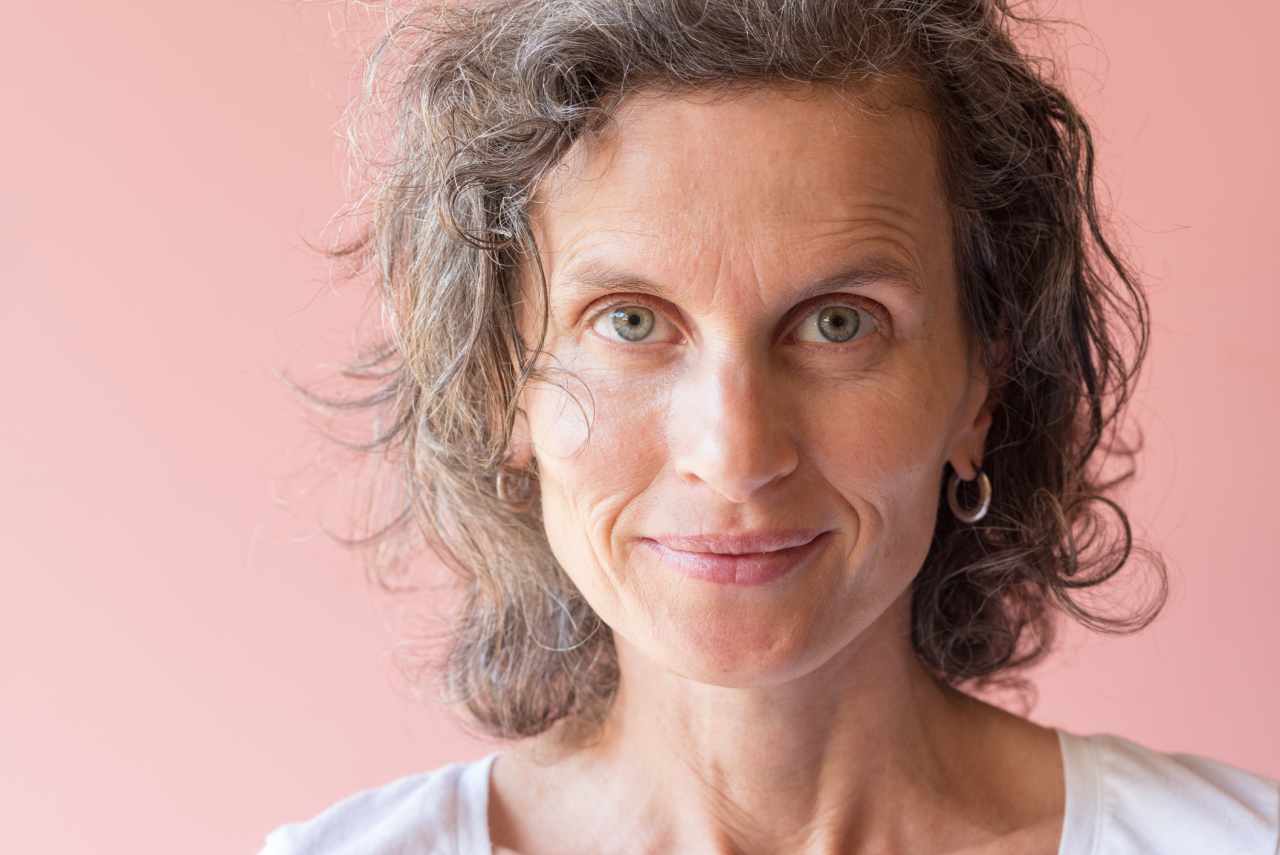
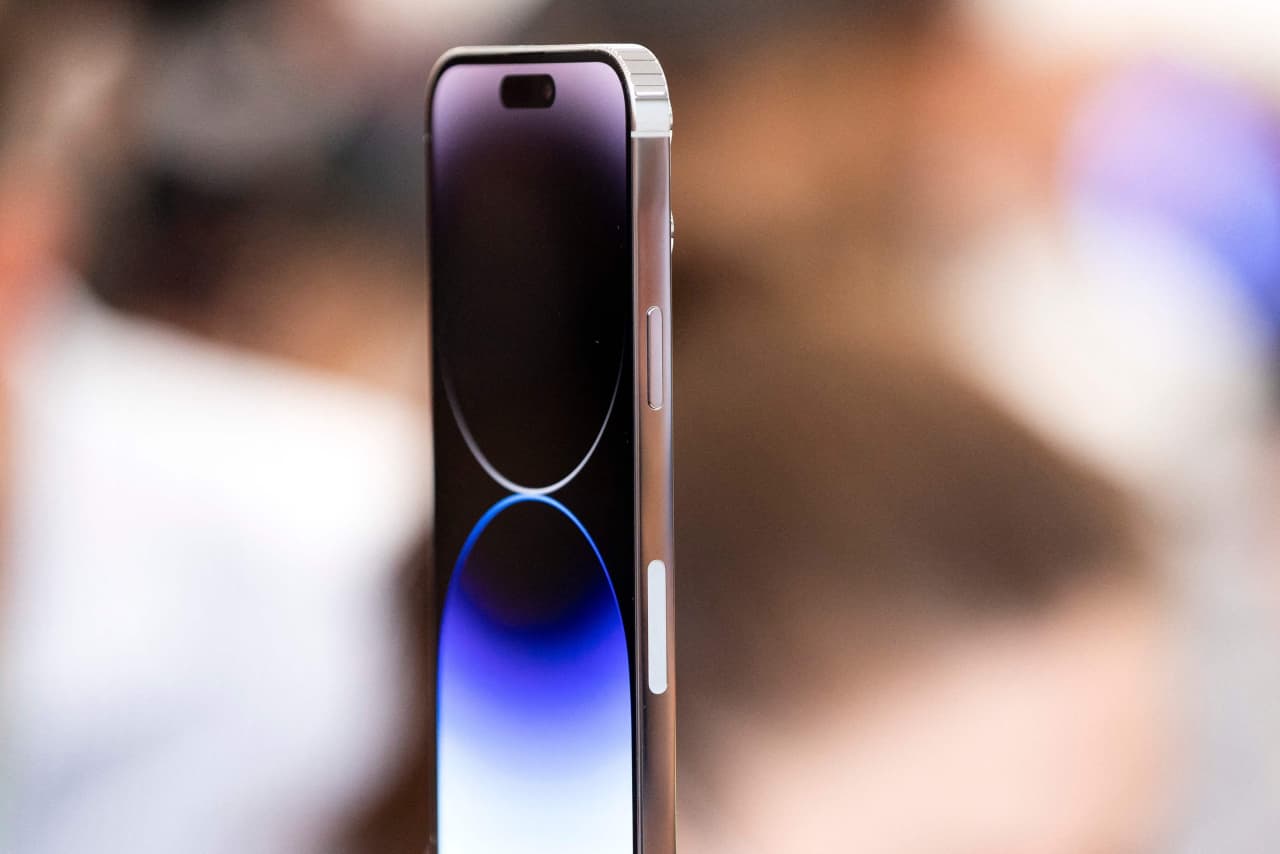

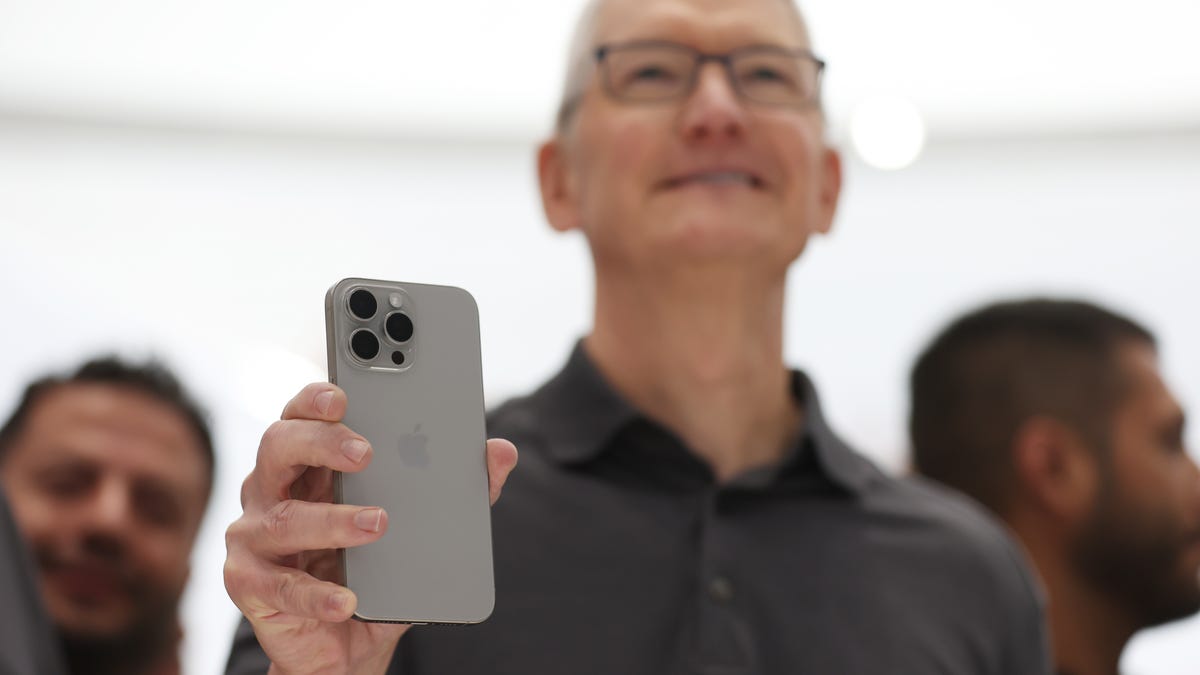





































































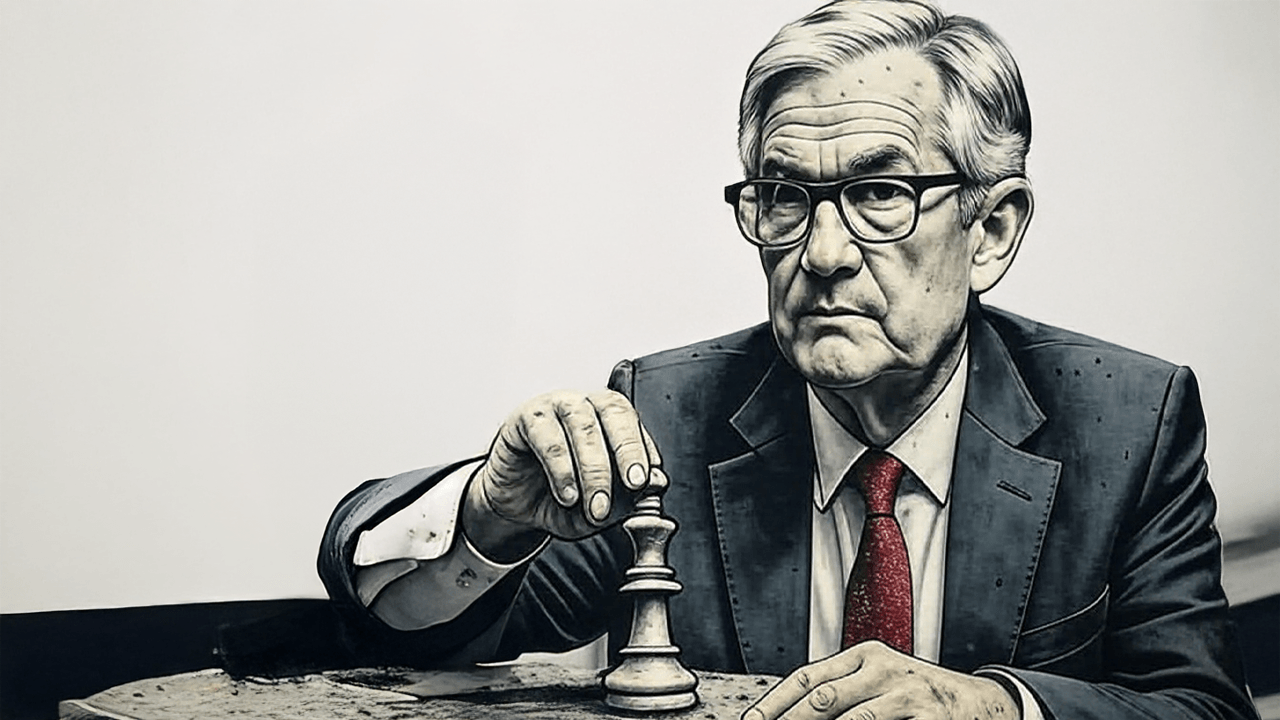

























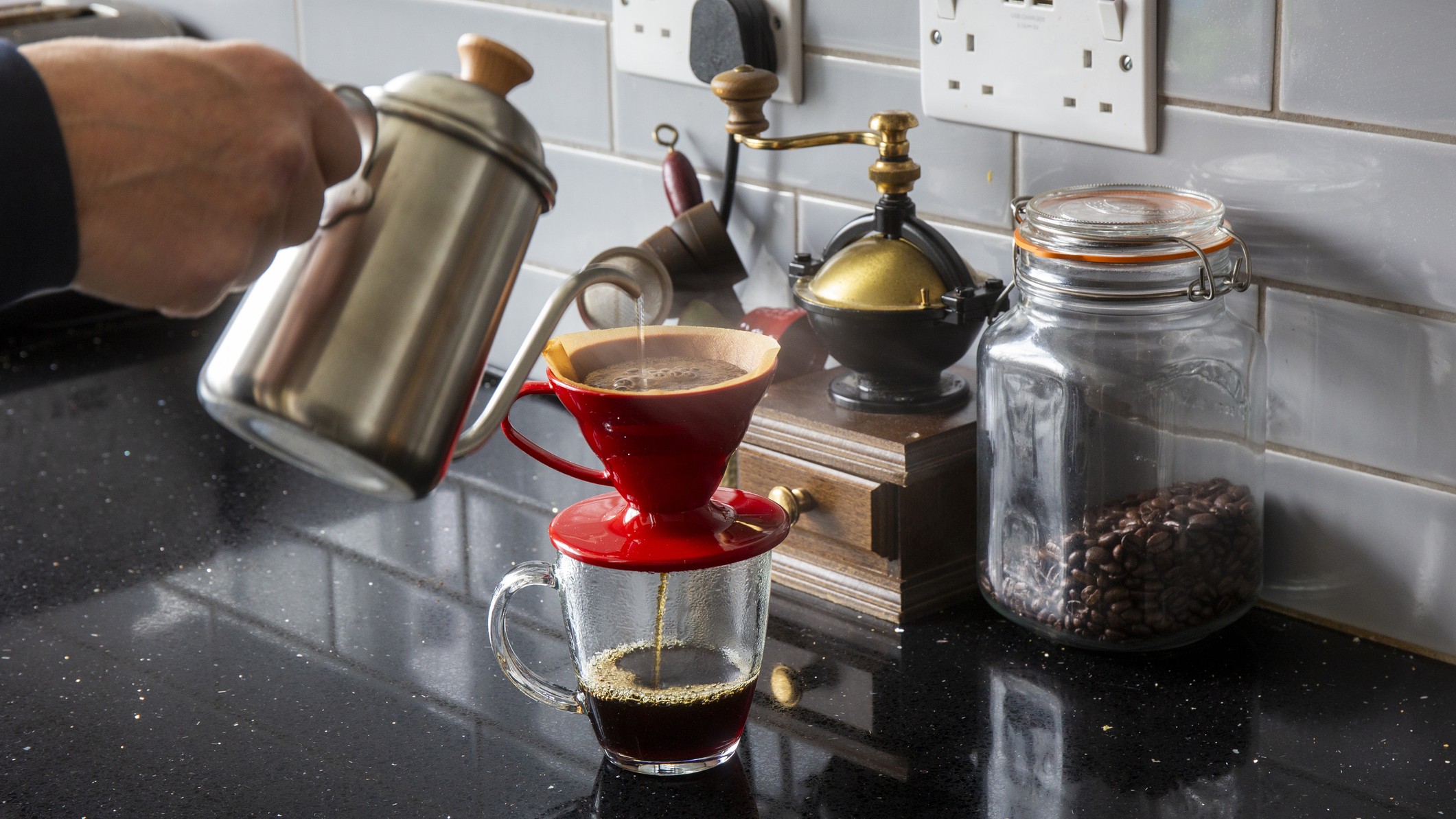













































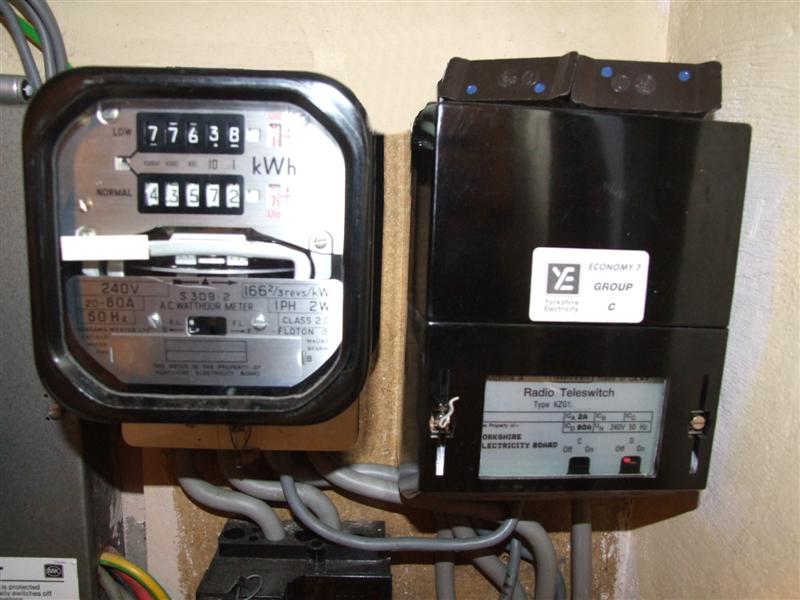





![How to Find Low-Competition Keywords with Semrush [Super Easy]](https://static.semrush.com/blog/uploads/media/73/62/7362f16fb9e460b6d58ccc09b4a048b6/how-to-find-low-competition-keywords-sm.png)


